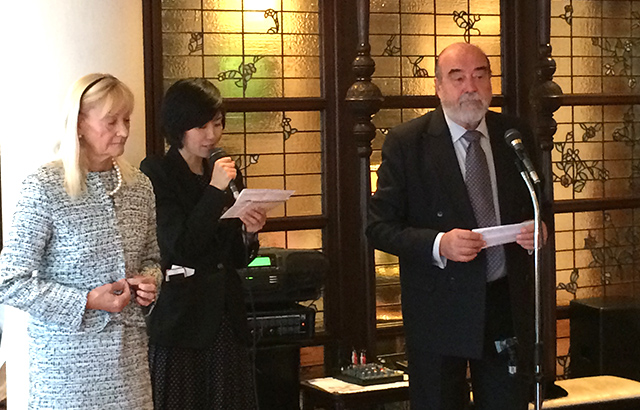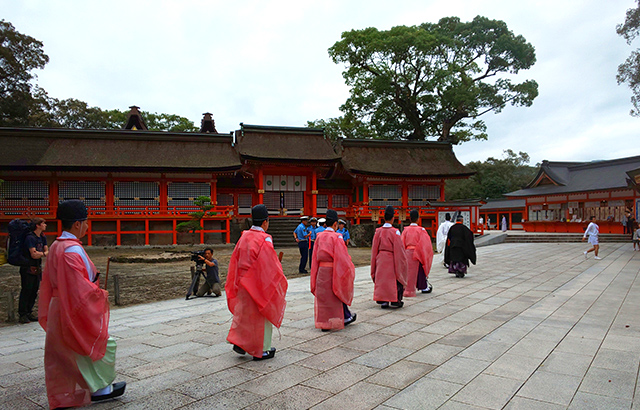Special Trips
We offer genuine tours that you can not experience on sightseeing tours. .In addition to “accommodations” and “food”, we also offer the ultimate travel experience with a deep understanding of the themes which are “Festivals,” “Traditional Arts,” “Performing Arts,” “Fireworks”,”Cherry Blossoms”,”Autumn Foliage”,”Luxury Cruises”,”Lluxury Trains”,”Living national treasures”,” Inheritors of Japanese Culture”,”Music Events”
Adult Social Tours – Special Edition
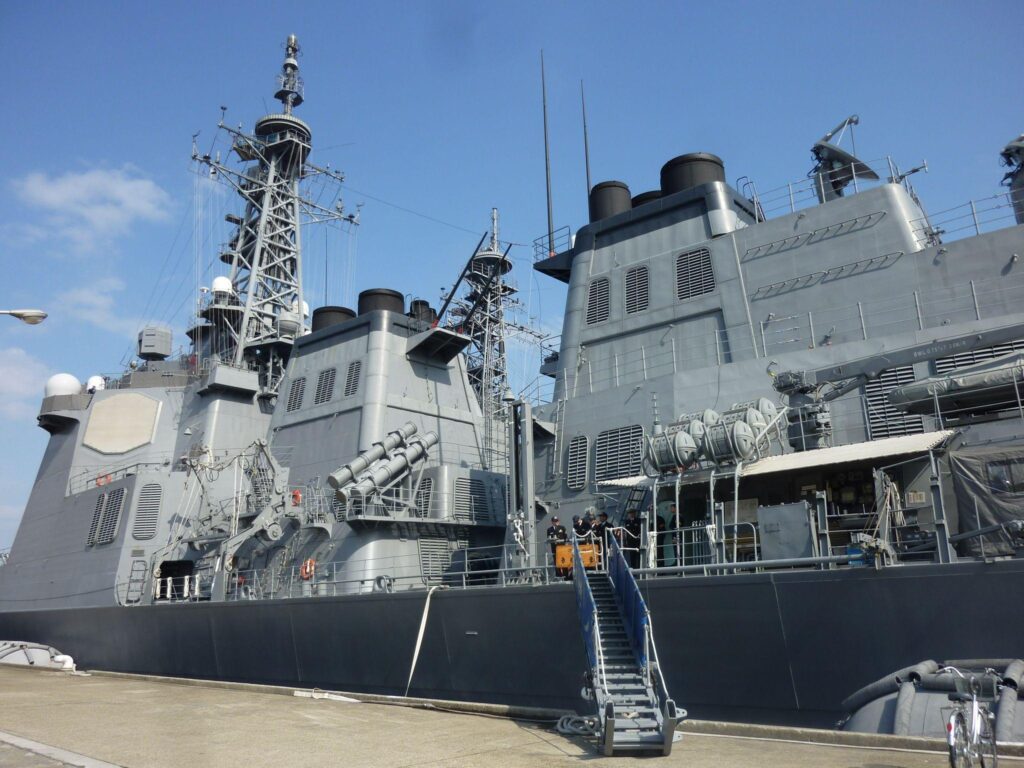
Boarding tour of the Aegis Kirishima at the Yokosuka Air Base, Japan Maritime Self-Defense Force “destroyer,” which is not open to the public. Special visit to the former naval reference museum in the No. 2 Naval Academy, and a lecture by a JMSDF alumnus in advance.

Holding Another Sumo Lecture. Sumo lecture by Oyama Oyakata (former Oobikan). After a clear explanation in the teaching room, a special tour of various facilities in the Kokugikan (preparation room, teppo-bashira, bath, event room, hanamichi, ring, etc.).
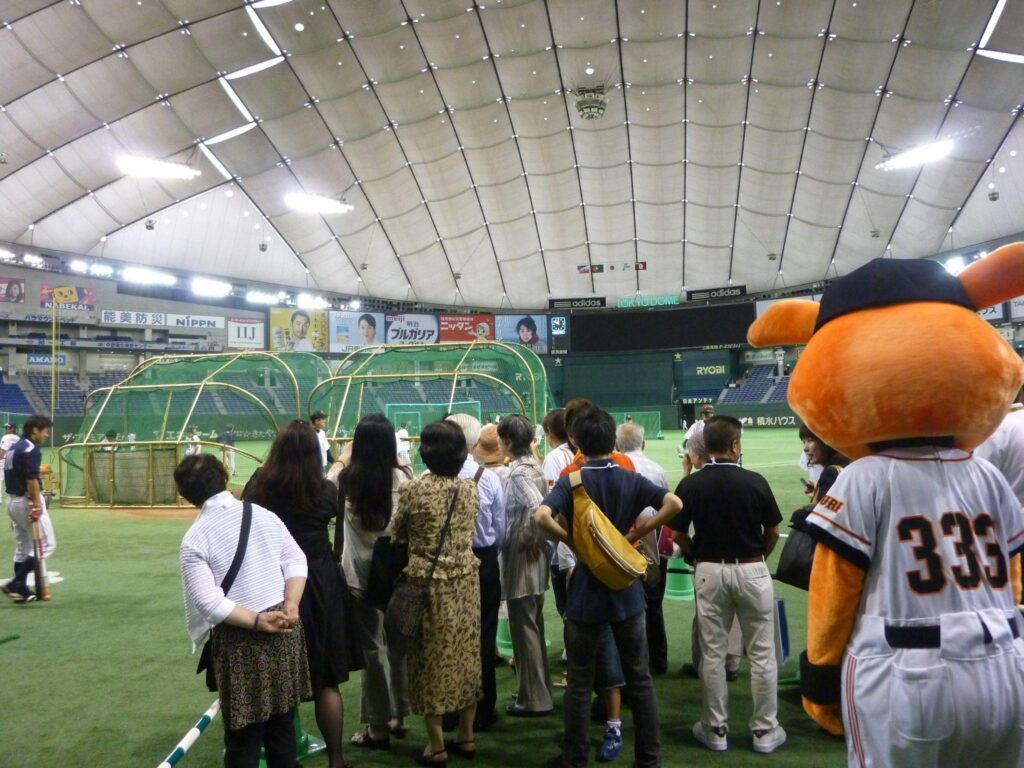
Summer vacation, visit Giants (Baseball team) practice at Tokyo Dome first base side excite seats! You will enter through a special entrance and watch the game in the “Premium Lounge” where you will feel like a VIP. Also, for about 10 minutes before the game, you can sit in the Giants dugout and look out over Tokyo Dome from the same perspective as the players.
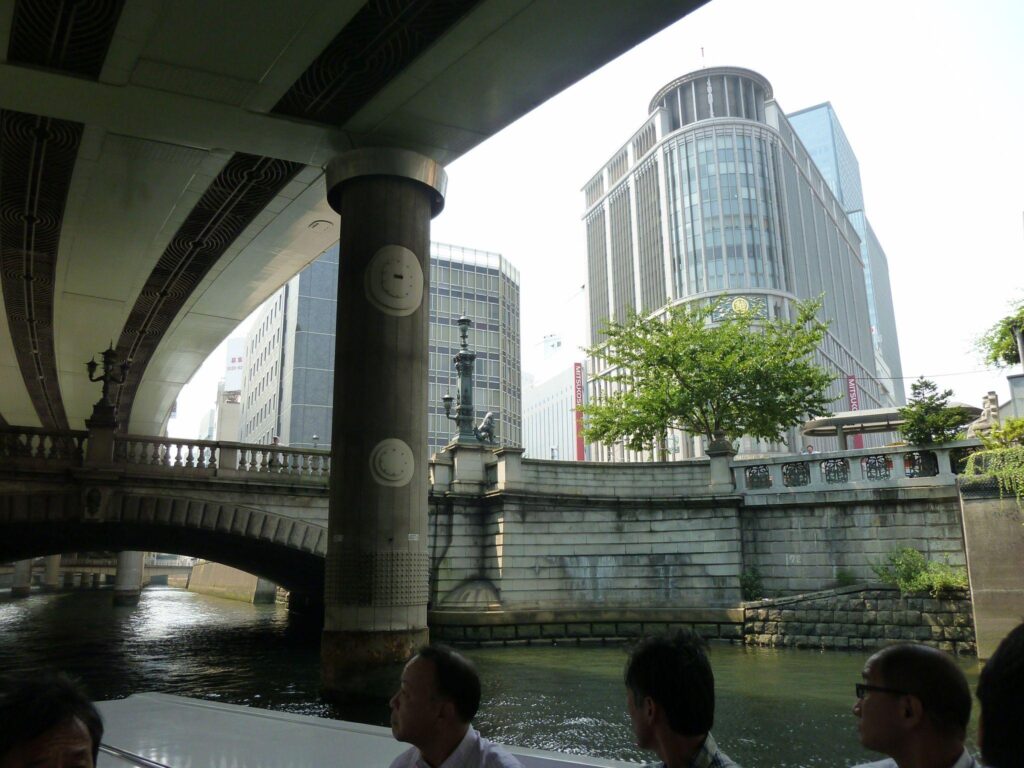
The allure of traveling by boat on the rivers and canals of Tokyo is that the scenery looks completely different. The bridge in front is “Nihonbashi” and the building on the right is the new building of Mitsukoshi Department Store.
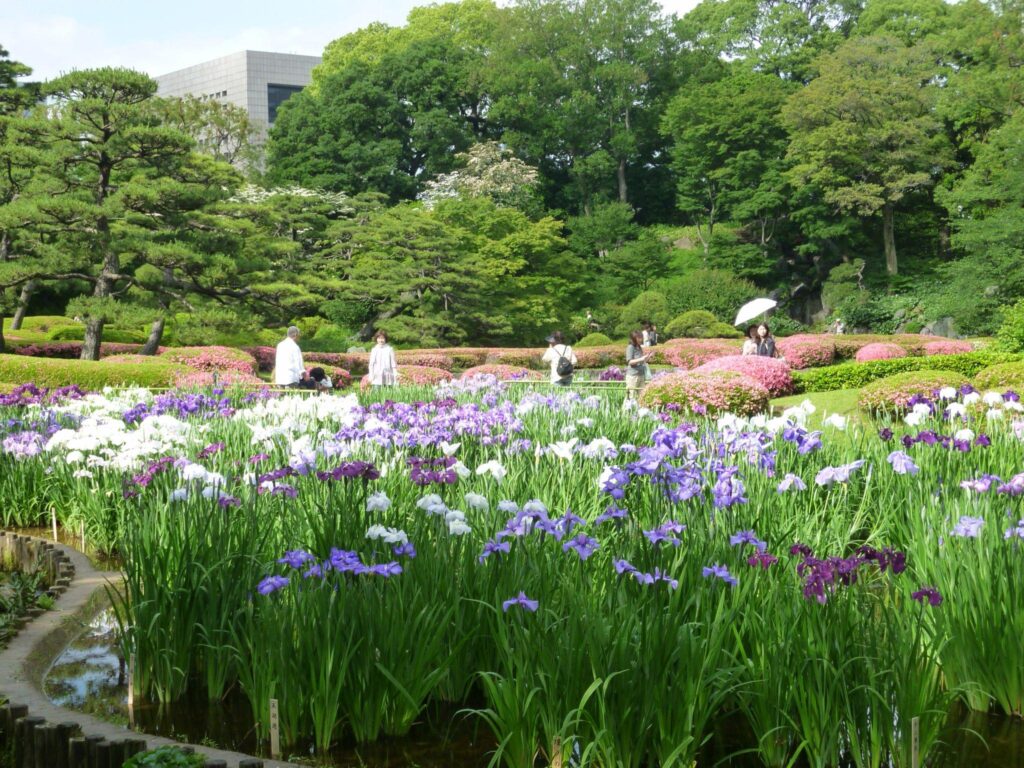
The irises in the East Gardens of the Imperial Palace are in full bloom. Parts of the Honmaru, Ninomaru, and Sanomaru of the former Edo Castle were developed into a garden in conjunction with the construction of the palace.
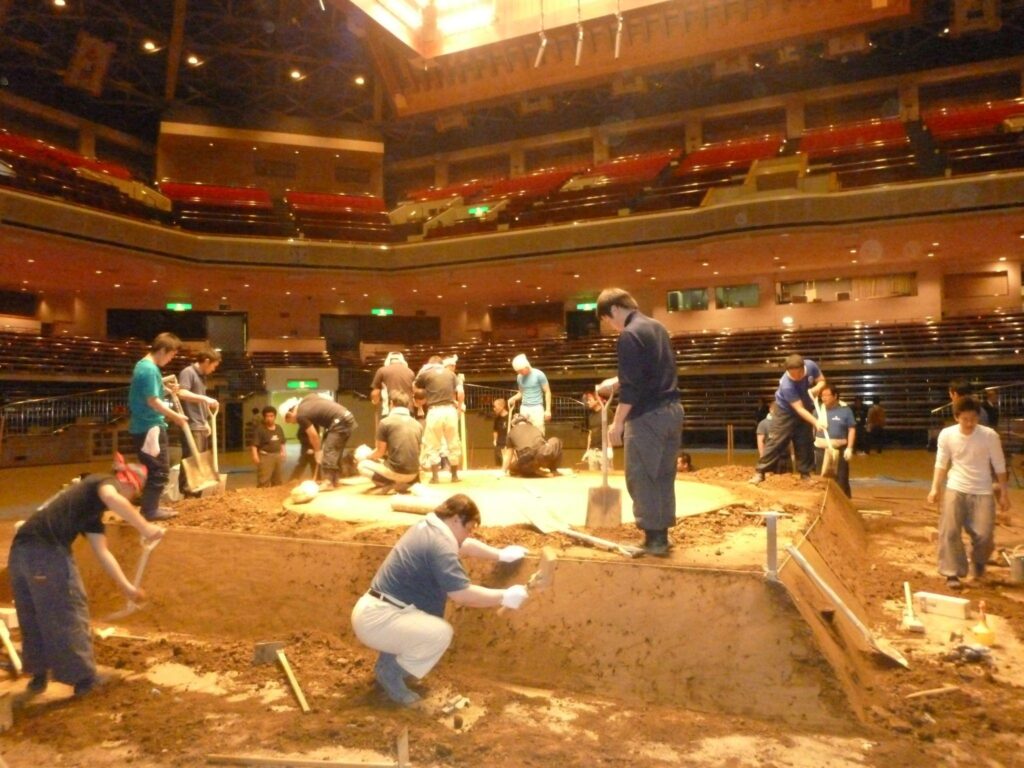
Making a sumo ring. No machine is used at all, everything is done by hands. The amount of soil is a whopping 40 tons. It is made as a sacred place to bring down the gods and for safe competition.

Goma prayer at Kawasaki Daishi. The gomadan is surrounded by offerings of incense, grains, and other offerings. After purifying the body and mind by taking a bath, the guru burns gomagi in the center of the gomadan to offer Kobo-Daishi for the protection from evil spirits. It is very solemn secret way.
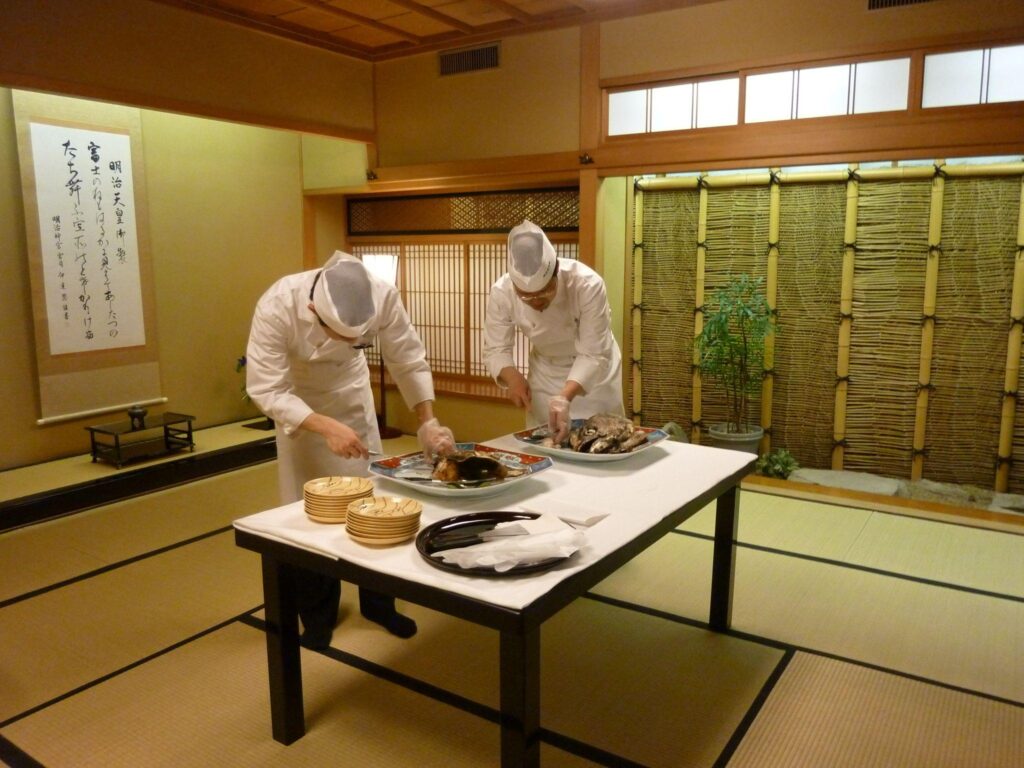
Seminar on tuna. Comparison of seasonal tuna. The seminar will be presented in the form of a mini-seminar on topics such as the different types of tuna and their different tastes, tuna fishing methods, fresh vs. frozen, domestic vs. imported, farmed vs. wild, and the current situation surrounding tuna.

Preparation for the “Night Cherry Blossom Noh Play” under the fantastic nighttime cherry blossoms illuminated at the outside Noh theater of Yasukuni Shrine. This Noh stage is the oldest wooden Noh theater in Tokyo.

Backstage tour of Suntory Hall. Touring the area where the piano is raised. Tour of the auditorium, foyer, dressing rooms, artists’ lounge, and other areas that are not normally accessible.
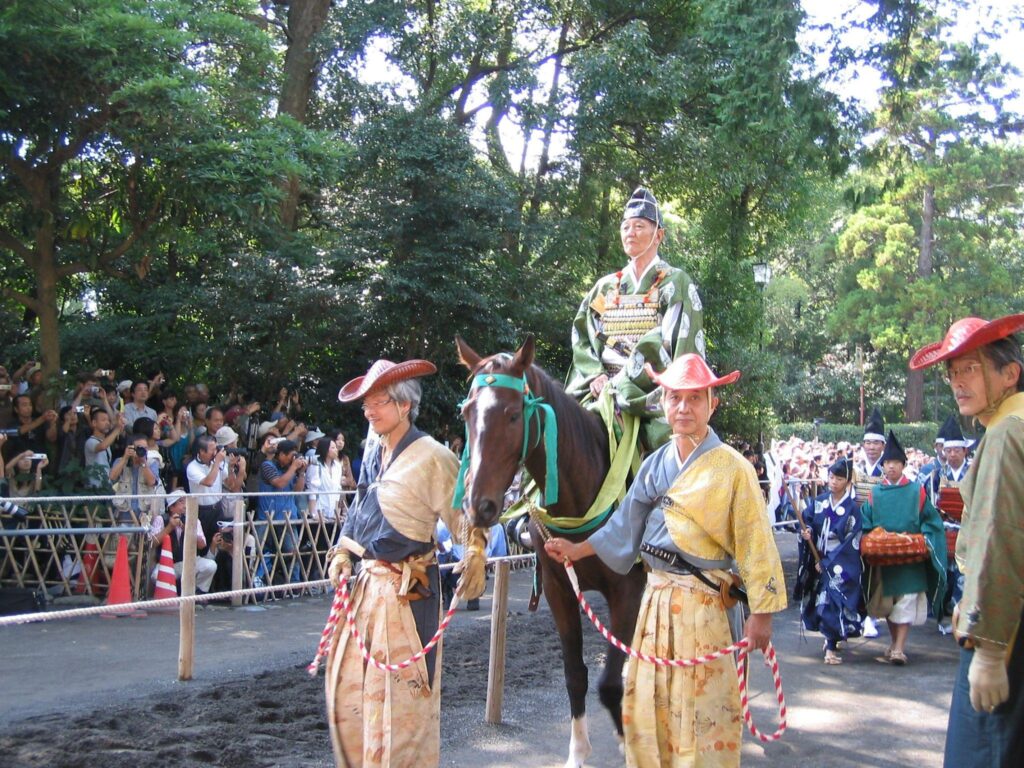
Observe the Yabusame (Horseback Archery) ritual at Kamakura Hachiman-gu Shrine from a special invitation seat. The power of the event is amazing to see from up close! The three archers are given bows and arrows as sacred weapons after praying for the safety of the horseback archery at the Maiden.

Mr. Nishimura, president of Zohiko, a long-established lacquerware store in Kyoto, explains the beautiful maki-e lacquerware of Kyoto. He showed us an inkstone box with a copy of a national treasure, “Korin Ogata’s” Yatsuhashi maki-e inkstone box with mother-of-pearl inlay in maki-e lacquer and an inkstone box with mother-of-pearl inlay on chrysanthemums from “Tsuruoka Hachimangu Shrine” and other “treasures” owned by Zohiko.
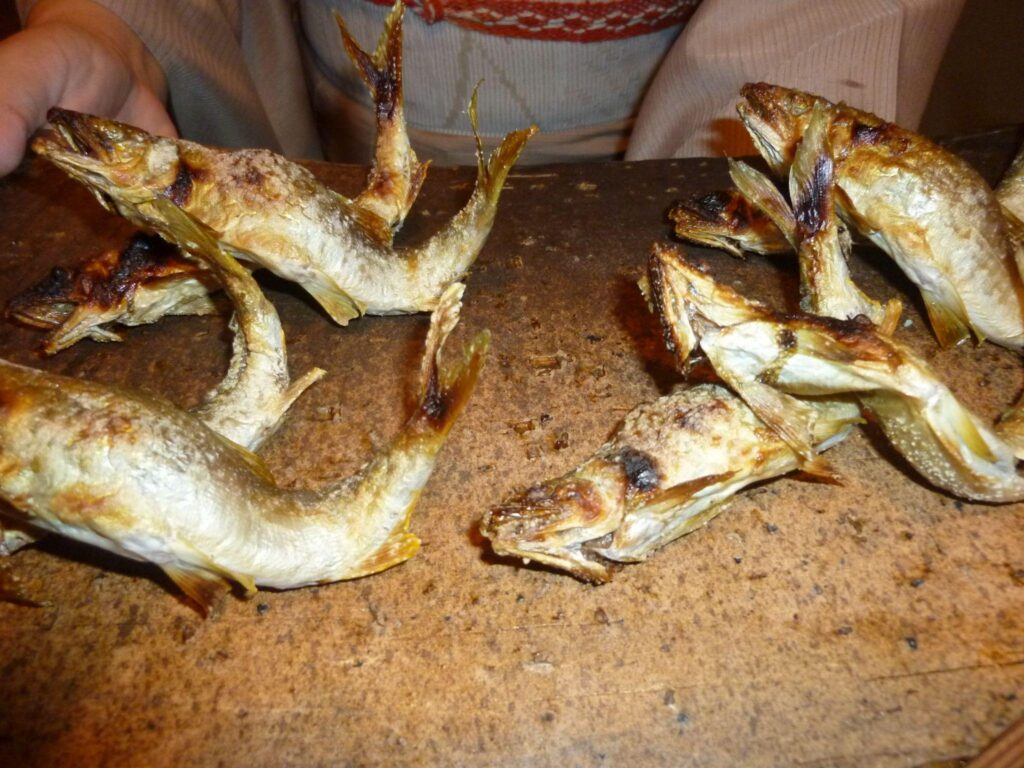
Early June is the time to enjoy the fragrance of ayu fish, so much so that I’d like to write it as “aromatic fish (ayu). It is the time when moisture and salt are needed during the damp and moist rainy season.

The chef of “Aoyagi”, Hirohisa Koyama, will talk about the deliciousness of ayu fish while you enjoy the meal. Aoyagi’s ayu is the natural ayu from the Kaifu River in Tokushima, which is released after June 10th, and its face and appearance are completely different from ayu that has been released into the river. The cheeks and lips are different, of course, and so is the taste and the strength that the body has.
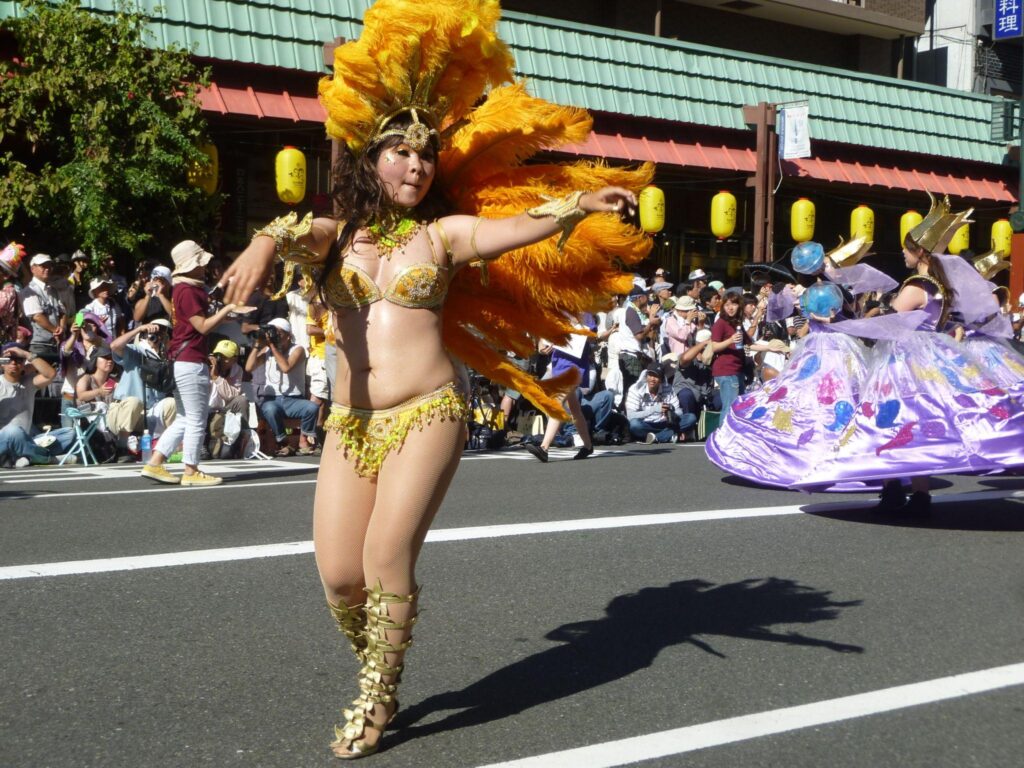
Asakusa Samba Carnival. Spectators are caught up in the excitement to catch a glimpse of the parading dancers from their seats on the plaza.
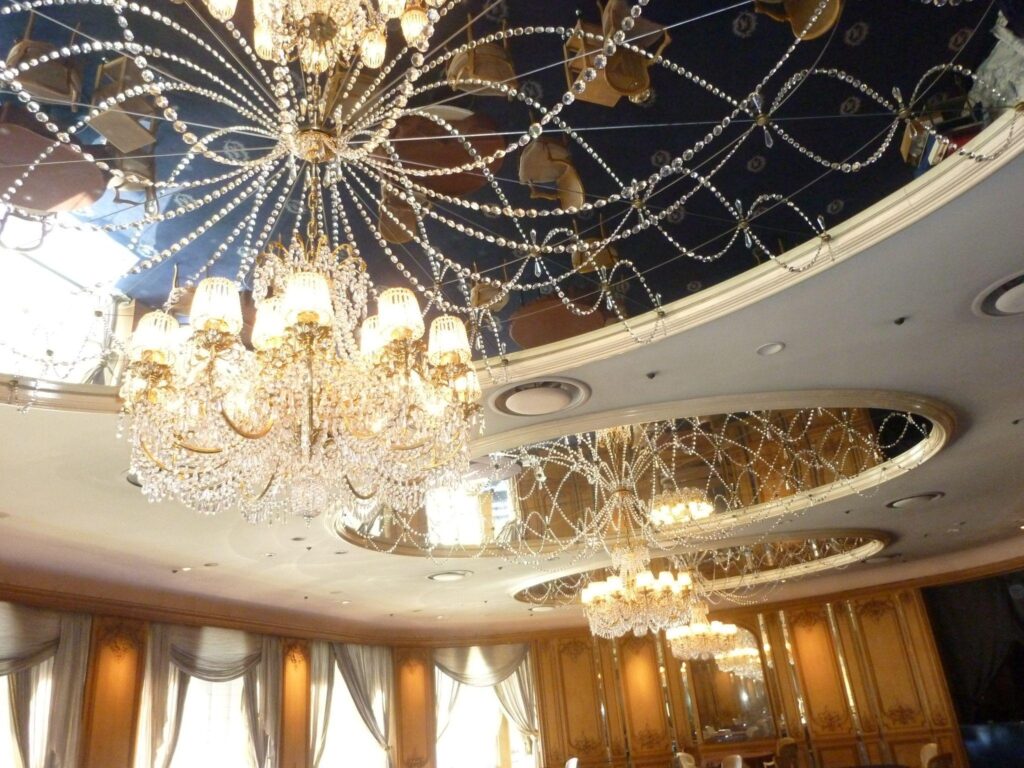
The gorgeous ceiling chandelier at Tour d’Argent. The most exquisite French cuisine in an elegant space. The luxurious, but also warm interior makes you feel relaxed. Famous for its duck dishes.
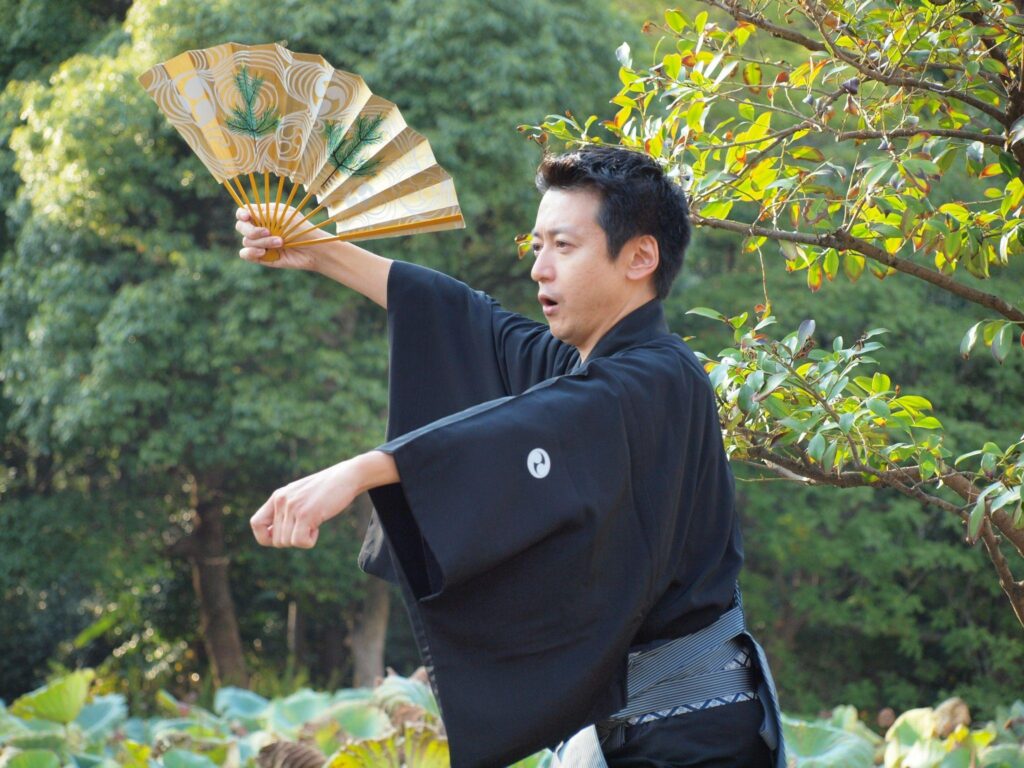
Noh performer Tsunao Yamai performs in front of “Miho no Matsubara” in commemoration of the World Heritage certification. He danced “Hagoromo,” a perfectly flawless Noh masterpiece. Mt.Fuji in the distance, he chanted and danced with great feeling.
Undisclosed Special Visits – Special
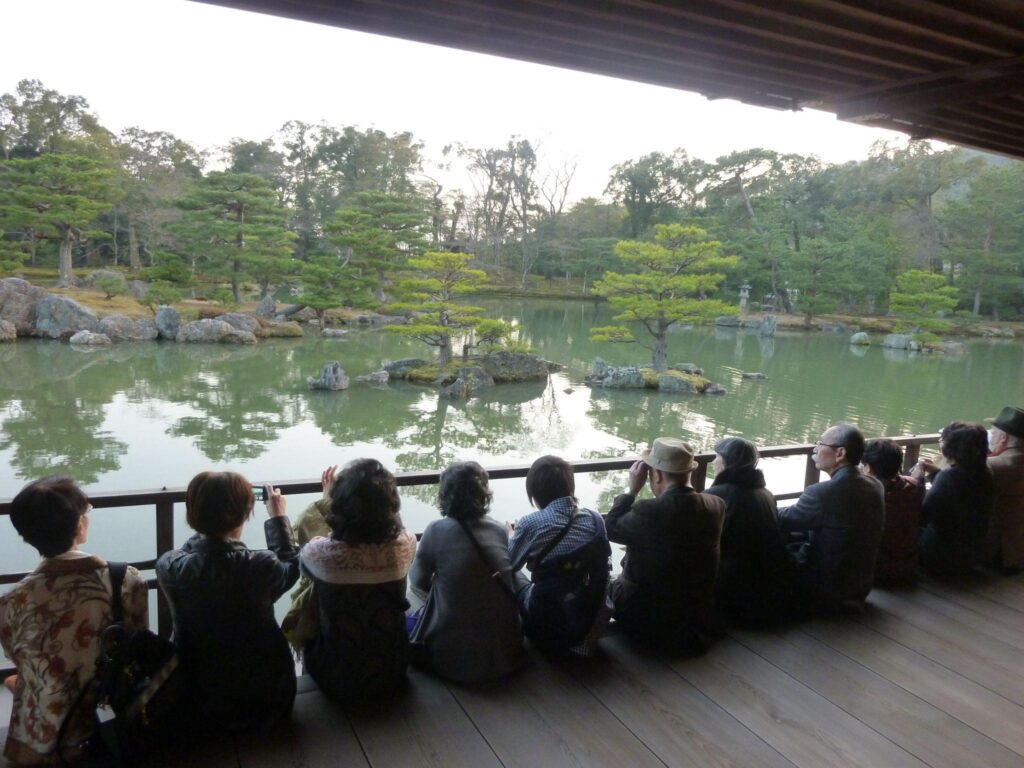
This is the interior of the Golden Pavilion. Special permission was granted to visit the first level. A special people relaxing in front of Kagamiko Pond. The first floor is a shinden-zukuri style, built by Ashikaga Yoshimitsu, a representative work of Kitayama culture, which is considered a fusion of court nobles and samurai culture.
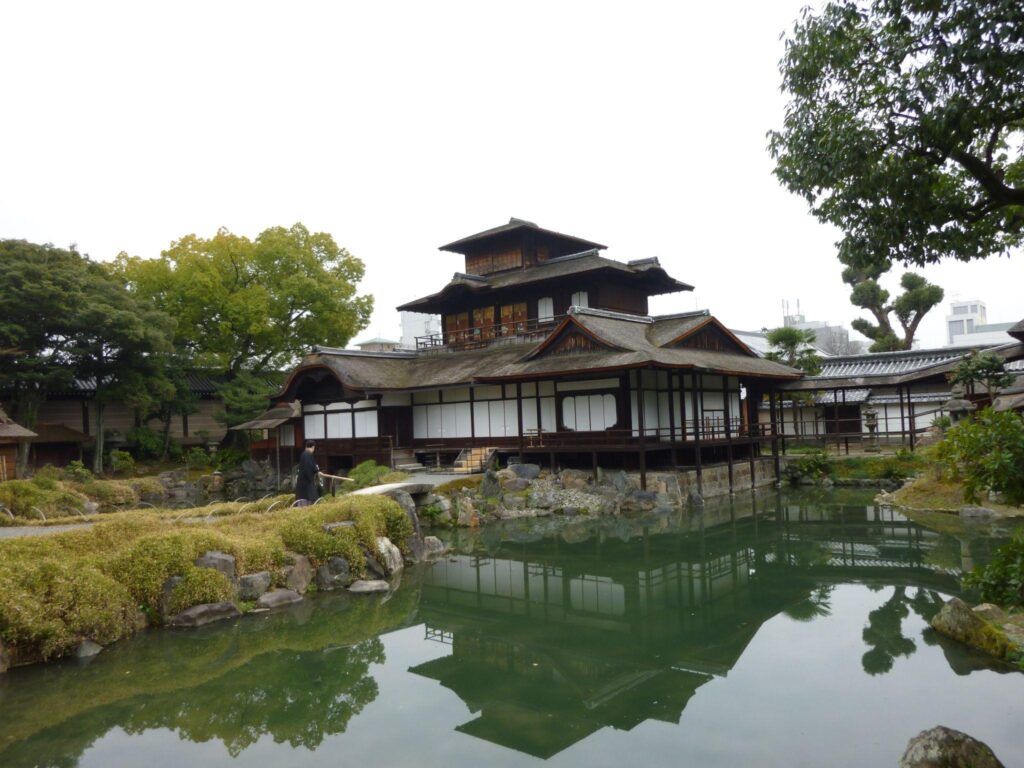
Hiunkaku at Nishi Hongwanji Temple. Nishi Honganji Temple is a treasure house of national treasures. We will have special access to the Kono-no-Ma facing room, the Minami Noh stage, the Shiroshoin (white drawing room), the Kokei no Niwa (garden), the Kita Noh stage, the Karamon (Chinese gate), and other areas not open to the public.
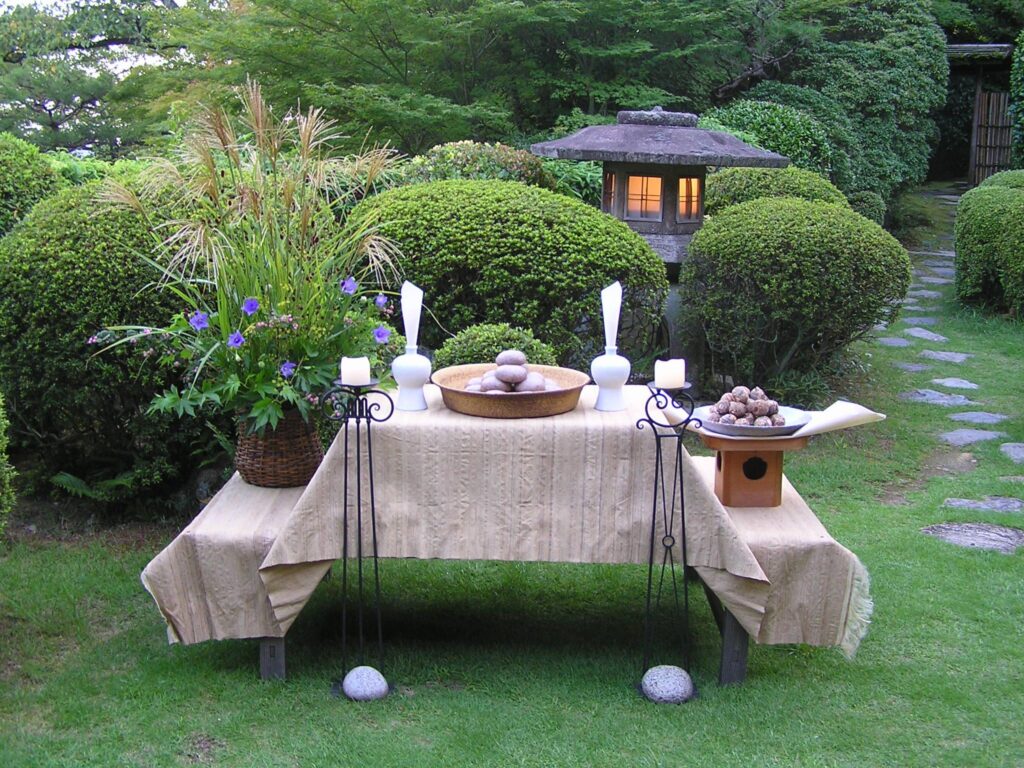
Setting up a moon-viewing party at Yoshida Villa, Kyoto. During the Mid-Autumn Moon, aristocrats in the Heian period (794-1185) liked to enjoy a party while gazing at the moon, and this is how moon viewing has been handed down to the present day. The house was built as a villa of the Higashi-fushimi Palace family.
Tour Example


